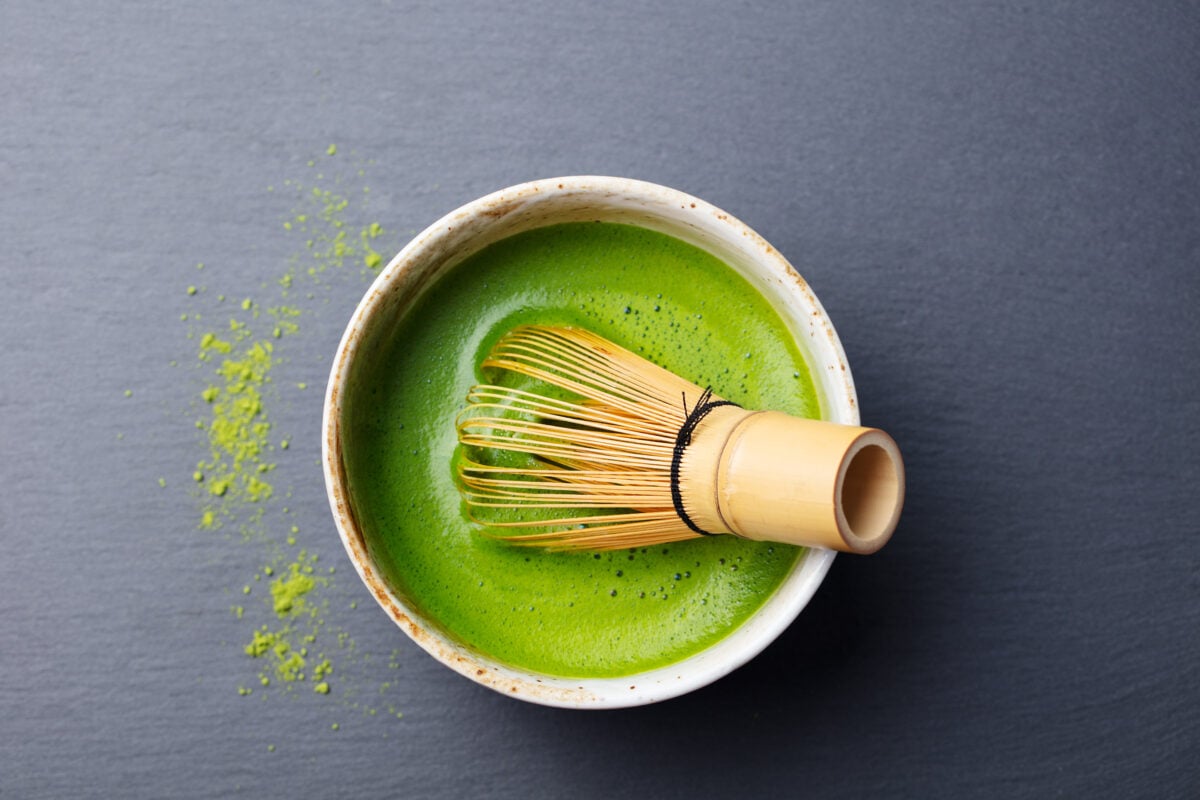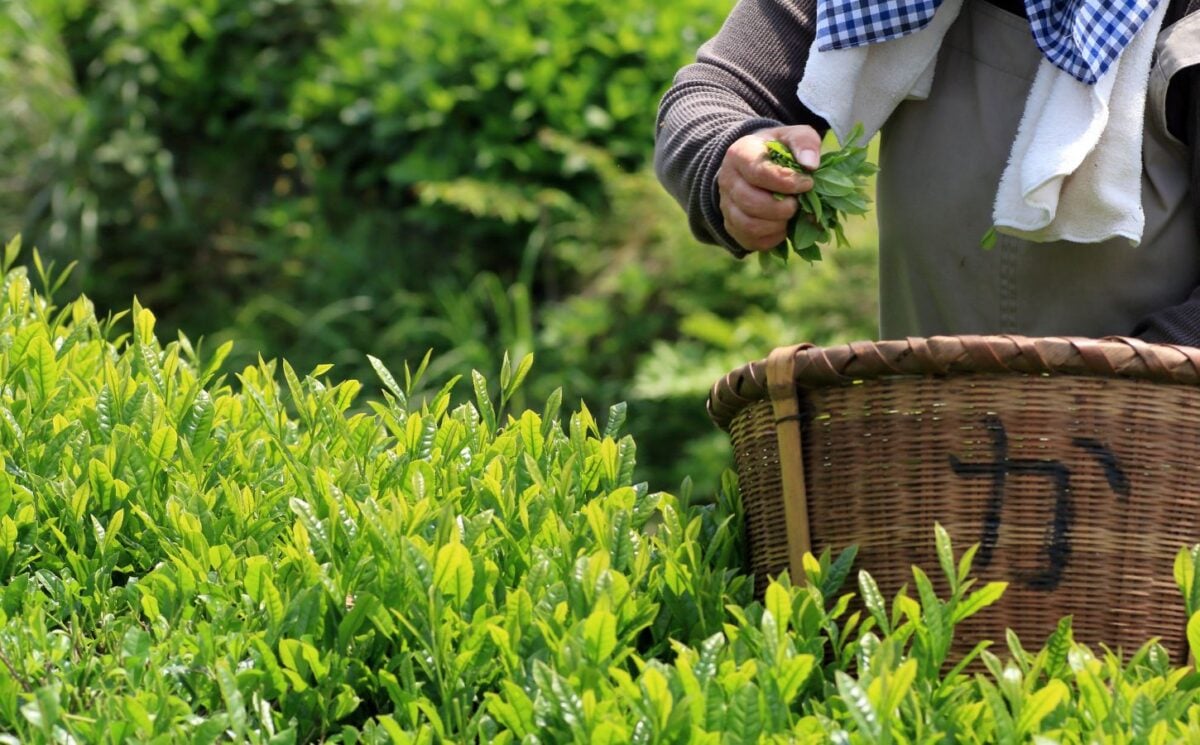Matcha shortages could continue well into 2025 as the tea’s global popularity increases.
The Japan Times recently reported that increased global consumption has put an “unprecedented strain” on Japan’s tea industry and noted that this is likely to happen again. Some producers and companies are rationing supplies and limiting purchases to compensate.
The vast majority of matcha tea is still produced in Japan, where the bright green, umami beverage forms a central part of traditional tea ceremony. While Japanese consumption has fallen in recent years, the international popularization of matcha lattes and the real-world impact of social media trends on consumers led to an unforeseen spike in demand last year.
Matcha tea is high in caffeine and antioxidants and has been linked with potential benefits as diverse as stress relief, better brain function, and improved heart, bone, and gut health, per BBC Good Food. Searching for the #matcha hashtag brings up 8.6 million posts on Instagram, many of which are from influencers sharing tips, recipes, and comparisons with other drinks.
According to a report by The Business Research Company, the global matcha market is expected to reach USD $5 billion by 2028, with a notable annual growth rate of 10.39 percent. However, the naturally scarce nature of matcha farming, the unpredictability of food trends, and worsening climate crisis could all contribute to future tea shortages and supply issues.
Read more: Matcha Green Tea: Superfood Or Just A Fad?
‘Sip it mindfully and savour it fully’

Matcha is a seasonal and weather-sensitive crop that requires labor-intensive farming. Once picked, the tea is then processed further into the dried, extremely fine powder used for making drinks. This processing requires specialized stone mills and significant further labor.
The 2025 matcha harvest begins at the end of April, but this is likely to bring temporary rather than long-term relief to supplier issues due to matcha’s rarity and still-rising demand. The five years it takes for a new matcha plant to mature, compounded by a national shortage of tea farmers, means that it would take time for the industry to adjust to matcha’s popularity.
Even if the industry can rise to meet increased demand, it is likely that matcha’s sudden spike of international popularity will taper off, as is typical with social media food and health trends.
In January of this year, the Global Japanese Tea Association posted a response to the global matcha shortage. The post concludes by encouraging tea drinkers to appreciate the “uniqueness and preciousness” of matcha and to “sip it mindfully and savour it fully.”
Read more: What is Sparkling Tea? The Wellness Drink Popular With Gen Z






